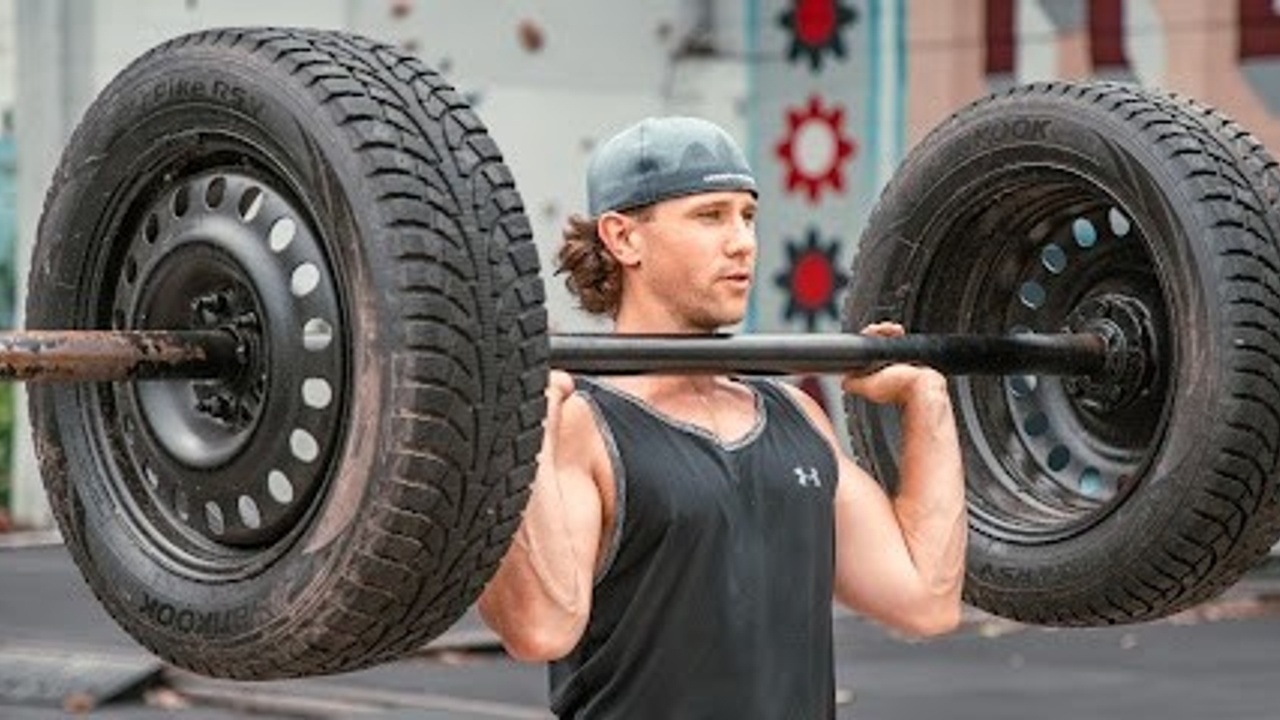CUEING - A DIMINISHING ART

By Jeff Anderson
Jeff Anderson is a Strength and conditioning coach currently based out of Vancouver, BC, Canada. Having been a personal trainer for 7+ years and working with a huge breadth of gen. pop., rehab, youth and professional athletes. Currently, Jeff is interning at Simon Fraser University as a S&C coach and working as a trainer online, and in person with general clients and competitive powerlifters.
Cueing - A Diminishing Art
Giving a cue to a client or athlete can be a huge performance enhancer to seeing results in their training. What is unfortunate is the presence of the lost art and diminishing skill, or lack thereof, for trainers and coaches to cue their clients correctly and effectively.
In the beginning as a trainer/coach, when learning how to teach people to exercise, we usually fall back onto our own experiences, teachers and mentors who help us along the way of teaching variations of exercises and execution. What is not discussed however is why. Why is it that we say one cue? Why does everyone use the same cue? Why does this individual not change or respond when I give them this cue?
What is lost is the ability to develop the skill of cueing and understanding that not all individuals respond the same way. As a matter of fact, sometimes using what may seem to be a great cue for one individual can be awful for others. For example, one of the most overly butchered cues in a squat is knees out. The intention behind this cue is a few things, being improved mobility of the hips while also allowing better activation of the glutes to stabilize during the squat. Usually, this is used when individuals have their knees cave in during a squat, or in an ever growing prevalence, a coach just doesn't know any other cue. However, this can also cause an individual to diminish their squat. An individual may be trying to push their knees out so much that they squat on the outside edges of their feet instead of their full foot. Or you could be causing an individual to force their hips/ body into a position that causes them to feel pain or discomfort while squatting.
Now with respect to working in a large group setting, having a list of “go to cues” is completely understandable. Having to manage 10, 20, even 40+ individuals in a weight room and provide each and every one of them with a specific cue is asking for you to just run around like a chicken with your head cut off. However, there are strategies around this.
I think, to start, all trainers and coaches need to understand that individuals learn differently. With that, they also interpret and respond to cues and learning differently as well. I am referring to three main types specifically being kinesthetic, auditory and visual. From there cross reference how you would usually cue exercises, or individuals, and look for where you could be missing for those other learning styles. Another method to think about other ways to cue changes away from what you usually do. Going back to the ‘knees out’ example, another way to cue an individual to not let their knees cave in, can simply be telling them to not let their knees cave in. Or if someone over tucks their elbows while benching, simply saying do not tuck your elbows as much, can work just as effectively. Lastly, less is more with cueing. A lot of the time individuals may need to correct a handful of things when performing exercises. A more effective approach is to pick 1, maybe 2 cues at most, to allow the individual to work with. This allows for a better learning environment and can clean up some other movement faults as well. Too many chefs in the kitchen spoil the pot, and the same goes for cueing. Over-cueing can cause a diminished output from your clients. Also, there is the option that you may have given them an exercise that they just might not be ready for yet, regress the exercise and improve from there.
Using these in a big group setting can be simple as well. As a group is doing their workout, you the trainer/coach should be watching! Look out for individuals who may not have understood what you were explaining and address them individually or on a separate time outside of the group lift to better ensure they are performing the exercise how you intend it to be performed. The art of cueing here is being able to read the room, address the majority of the group and allow those that may not fully grasp your explanation to show themselves. You can even go one step ahead and prepare some additional cues for these select individuals when explaining new exercises in the future.
Cueing is a skill and art. While some have more of a ‘coaches eye’ and a more natural ability to implement this skill, for most trainers/coaches it takes practice and time. See bodies move in space, work with different individuals, work on your communication skills and your ability to see where you need to adjust to get the most out of your client/athlete. Develop and sharpen your cueing skills, it can be the difference in what takes you from being a good trainer/coach to a great one.
Recent Posts
